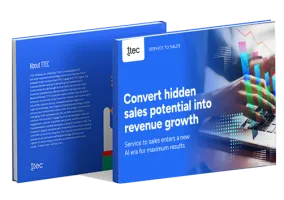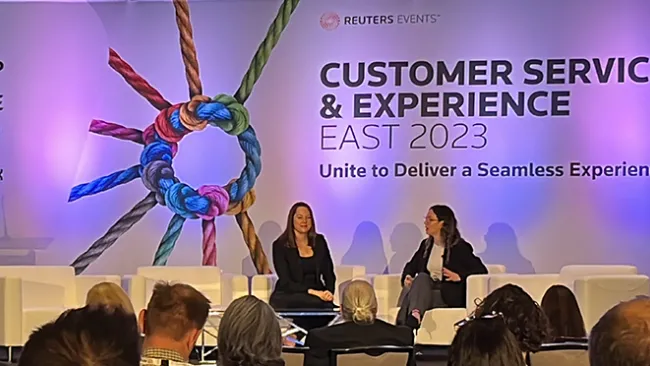Let’s face it: consumers are immune to fliers, telemarketing calls, and emails that go straight to their junk folders. Instead of overspending on marketing and sales budgets, some companies are taking a different tack by investing in the contact center.
It’s an often-overlooked source of customer education and service, which may drive more business. In fact, seven out of 10 consumers in the U.S. said they were willing to spend more with companies they believe provide excellent customer service, according to an American Express survey.
Not sure where to start? Here are the essential steps for equipping your customer service department with the right tools and training to drive sales and customer value.
Give the best support
It starts with choosing the right service provider. Overlaying sales in a pure service environment by simply throwing in training and incentives may drive immediate results, but without a structured approach, success can be short-lived and even detrimental to the customer journey. An experienced partner can share industry insights and best practices on setting up a service-to-sales program, in addition to getting the best representatives, technology, and tools needed to make it work.
An effective service-to-sales strategy also includes training the representatives to know not only what and how to sell, but also when to sell. Adopting a consultative mindset helps representatives realize that they should only offer products that make sense to the customer. In other words, don’t attempt to sell on every call and instead focus on uncovering the customer’s needs and addressing it through consultative selling.
Educate and certify
A sales leadership certification program can help associates acquire the right skills faster and maintain consistency and standards of excellence in customer interactions. For example, a well-designed certification program ensures candidates learn about active listening and the ability to identify issues, in addition to “soft” skills such as tailoring a sales pitch to complement the customer’s tone or personality (e.g., chatty or matter-of-fact).
An effective program also includes instructor-led exercises that incorporate simulations, e-learning, and individual study. Team leaders and quality analysts should also be expected to complete the certification course to ensure they’re aligned with the program’s training and standards.
Leverage customer data effectively
Your associates can only make informed recommendations and offers if they have the right information. For instance, having insight into a customer’s buying history, previous calls, and demographic information, etc., is essential for understanding the customer’s needs. However, much of this data is often locked behind separate databases. Collaborating with the teams that have access to customer information will help ensure that associates have a comprehensive view of the customer.
Measure and reward the right behaviors
Empowering associates to sell more is only half of the battle. It is also critical to build a measurement and compensation structure that rewards associates for maintaining excellent customer relationships. Pressuring associates to sell products and retain customers at all costs will have detrimental results in the long run.
A smarter approach is to make sure associates understand that their performance includes outcomes like customer satisfaction and renewal, as well as upsell rates. Their goals should be based on helping customers, not just making sales numbers.
How can a company set its service team up for success? Learn more about specific ways to activate sales opportunities in the TTEC e-book, “Turning Service Interactions Into Sales Opportunities.”
Like this post? Subscribe to our customer experience blog.
Also, check out the most recent issue of our monthly customer experience eNewsletter, Dialogue.
Four Ways to Unlock Sales Opportunities in Service Interactions















